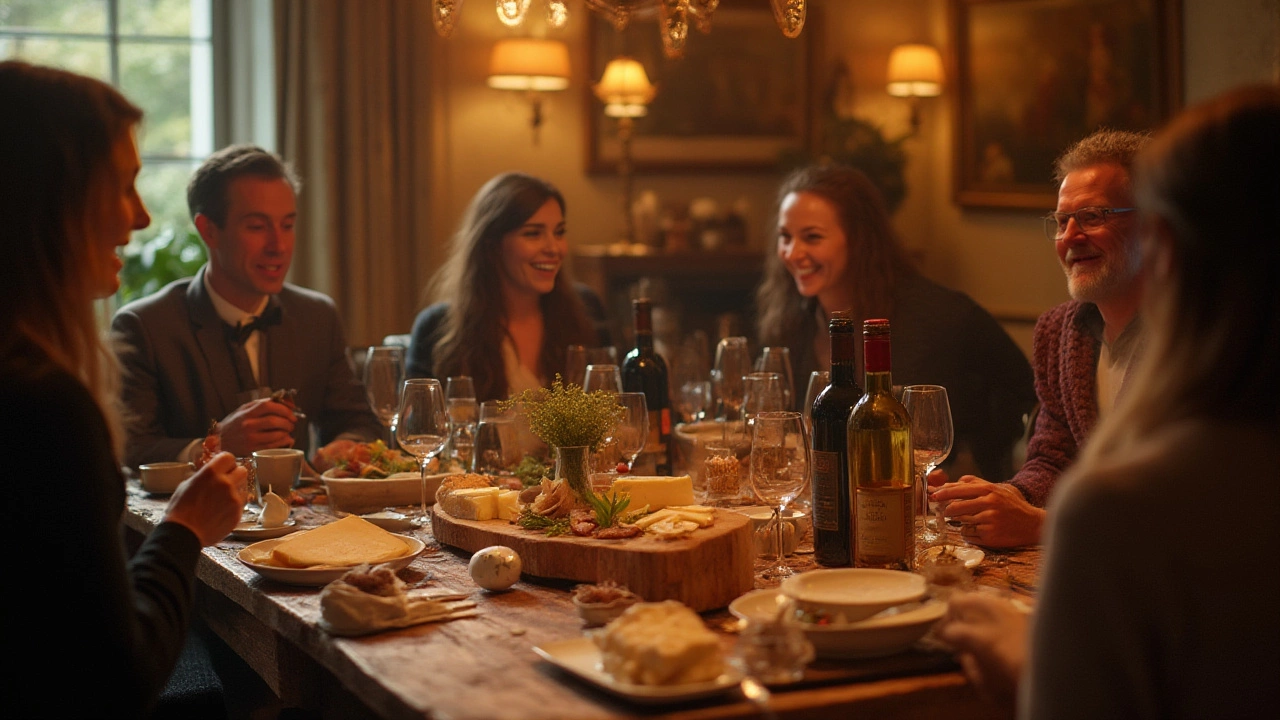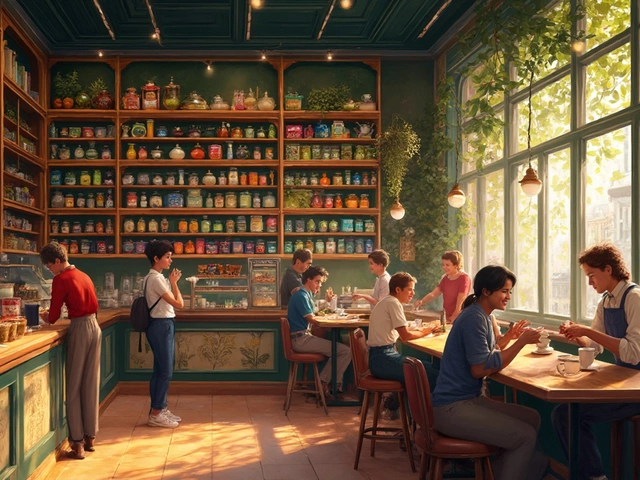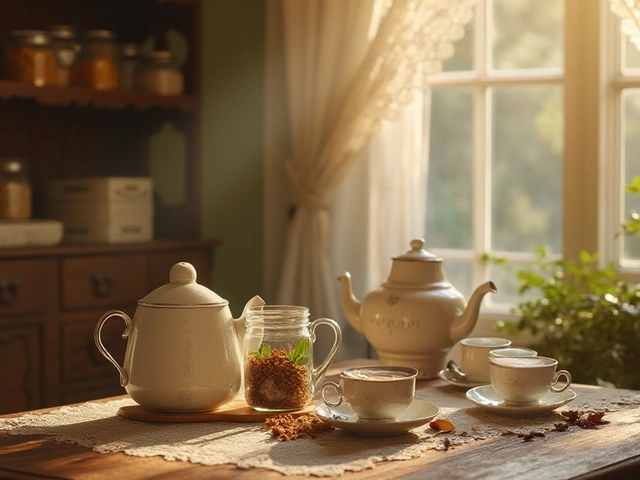The debate about serving wine and cheese before or after dinner can wreck even the most confident host’s nerves. Try hosting a group of hungry friends and someone will nervously stand by the fridge whispering: "Do you bring out the brie now or wait until the plates are cleared?" There’s not one answer that fits everyone, but the choice you make sets the whole tone for the evening. Australians are notorious for their laid-back style, but even here, timing matters if you want to elevate your get-together from just-okay to unforgettable. So let’s untangle the traditions, the why, and a bit of science, to decide—does the cheese come out as an opener, or as a grand finale?
How Wine and Cheese Found Each Other
The marriage of wine and cheese goes way back—think of French villages where the local wine tastes somehow right with the village cheese, or the Italian ritual of finishing a meal with aged Parmigiano washed down with a small glass of Barolo. This isn’t just folksy tradition. Both wine and cheese are products of fermentation, crafted lovingly with microorganisms, and meant to highlight each other’s strengths. A nice aged cheddar and a tannic shiraz, for example, balance fats and acids in a way that’s almost alchemy.
But the tradition of when to serve them? That varies region to region. In France, cheese usually appears after the main course, acting like a bridge to dessert. Across the Channel in England or here in Australia, cheese and wine frequently make a star appearance before dinner, as a way to get people chatting, nibbling, and opening up. There’s wisdom behind both options. Serving cheese and wine first encourages guests to mingle, relax, and set a festive mood. But offer it afterwards, and you wrap up the meal with rich, satisfying flavors that linger longer than cake or pudding.
Wine and cheese’s rise as a pair in the English-speaking world got a push with the 1970s dinner party boom. Fashionable Sydneysiders sipped crisp whites with gooey camembert before the roast hit the table. By the 2000s, it was just as common to see cheese platters rounding out a fancy meal. Whichever tradition you follow, know that millions do it the ‘other way’—there aren’t any cheese police about to raid your party.
The Science and Sensation: How Pairing Works
Tasting wine with cheese is a full-body experience. Your tongue doesn’t work alone here. Your nose, your palate, even the texture of the cheese versus the bite of the wine—these all create wild flavor fireworks (or sometimes a flat-out disaster). If you pick salty blue cheese with a bold shiraz, you’ll taste something totally different than if you had it with a dessert wine. It’s not just about taste; it’s about how everything feels together.
Ever wonder why cheese and wine are often served together before dinner at parties in Sydney and Melbourne? Our mouths have something called ‘palate fatigue’. Cheese is creamy and coats your mouth, softening the sharpness or acidity in the wine. That’s why hearty, fatty cheeses like triple-cream brie stand up to equally powerful reds. The combo gets people’s appetites humming—which is a plus if you want your guests drooling over what comes next.
On the other hand, some folks believe you should only polish off cheese after a meal. They argue your tastebuds are sharper without all the pre-dinner flavors fighting for attention. French tradition is adamant: cheese should be the bridge between the savory main and sweet dessert, not competing with it. Some scientific studies even suggest eating cheese with wine helps neutralize acidity in the mouth, rounding out the wine’s flavor and making it smoother for dessert that follows. It’s not only about taste, it’s about pacing the night and the enjoyment of food in slow, delicious stages.
Studies by the Institute of Wine and Food Taste in Dijon show that aged cheese, when served after a meal, changes your perception of wine—mellowing out sharp notes and playing up the fruitiness. The table below sums up texture and taste pairings:
| Cheese Style | Best Served With | Ideal Timing |
|---|---|---|
| Soft Brie or Camembert | Chardonnay, Sparkling | Before Dinner |
| Aged Gouda | Merlot, Cabernet | After Dinner |
| Blue Cheese | Sweet Wine (Port, Sauternes) | After Dinner |
| Goat Cheese | Sauvignon Blanc | Before Dinner |
| Cheddar | Shiraz, Zinfandel | Before or After |
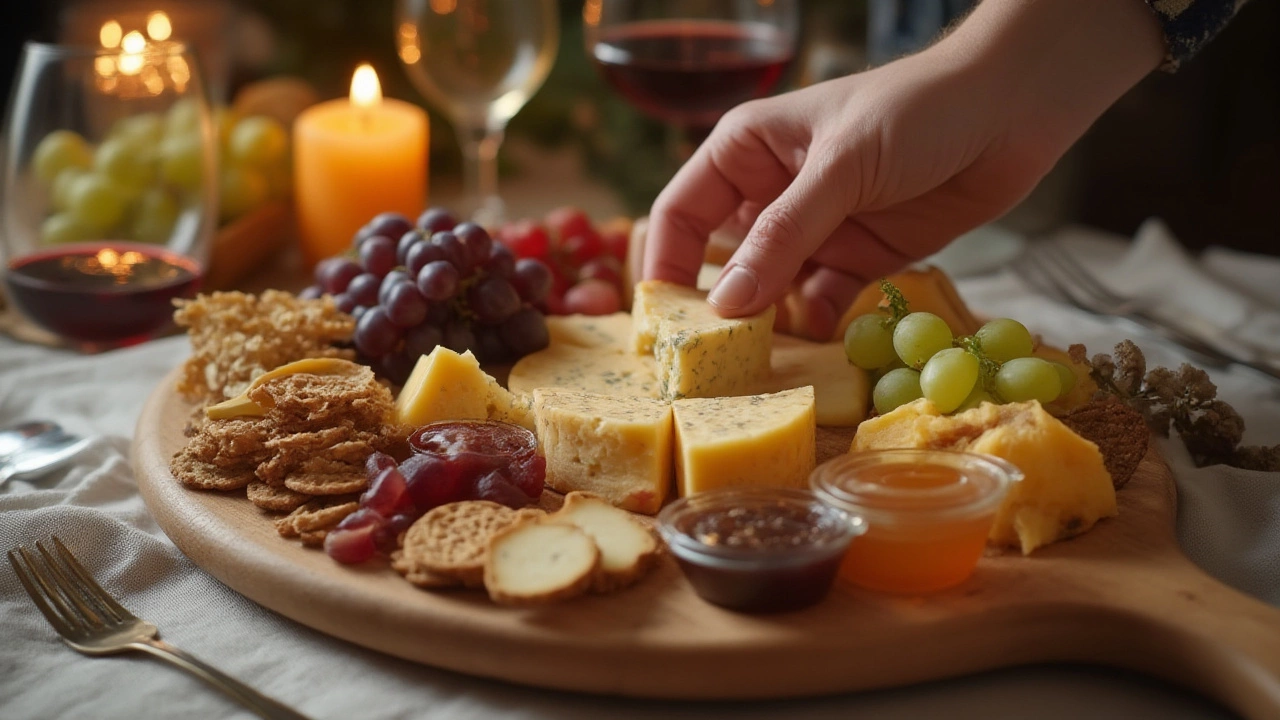
Pros and Cons: Before or After Dinner?
Serving wine and cheese before dinner is all about breaking the ice. Imagine it’s Friday, your mates are just getting in, and you need everyone to loosen up. The act of swirling a glass, nibbling, and debating which cheese is the winner—it’s instant rapport. When my wife Hannah and I throw open our tiny Sydney balcony for friends, cheese platters are our wingman. You can carry on conversations, laugh, and kill that awkward silence that sometimes creeps in before food arrives.
That said, there’s a pitfall. If you go too hard, everyone fills up on cheese. Suddenly, nobody is keen on the osso buco you slaved over. Not all wines pair well with every cheese, and your best bottle of pinot might be wasted on a hunk of cold supermarket cheddar. Plus, a big, bold red before dinner can overshadow the delicate flavors of your first course. The trick is to serve lighter cheeses and crisp wines (think Sauvignon Blanc and goat cheese), and keep the portions modest.
Now, if you flip the script and wait until after dinner, cheese and wine become a reward—the perfect slow-down after a heavy meal. This is where rich blues and sticky dessert wines make sense, when your guests want to lean back, stretch, and keep chatting. If you’re skipping sweets, cheese takes their place. The downside is some folks have a sweet tooth and prefer a chocolate lava cake to a wedge of stilton. Plus, if you’ve already hit the wine hard, you may not taste the nuances of the cheese as much. The key here is pacing. Keep the selection thoughtful, maybe three or four cheeses, and match them to dessert-friendly wines like tawny port or late harvest riesling.
How to Serve: Wine and Cheese Hacks for Every Occasion
You don’t need to act like a sommelier or line up a dozen cheese knives. But there are a few tips that turn an ordinary cheese board into an event. If you’re opting for before dinner, remember: less is more. Pick a mix—something creamy (brie), something hard (aged gouda), and something punchy (goat blue). Pair them with a crisp white or rosé, and have plenty of bread or crackers, sliced apple, and some olives or nuts. Guests can graze, chat, and not fill up before the main act.
Presentation matters. Let the cheese come to room temperature—that’s when the flavours shine. Label each cheese, even if you scribble it on a Post-it note. If you’re serving red wine, chill it just a tiny bit—no one in Sydney wants a palate full of warm shiraz on a fifty-degree day.
For those after-dinner moments, change gears. Offer stronger-flavored cheeses and sweeter, more robust wines. Pair blue cheese with a sticky dessert wine or port—this combo’s been a French cheese plate standby for years because it just works. Don’t go overboard with quantities. People rarely demolish cheese after a feast. Go for quality, not quantity—a small wedge of brilliant local blue outshines a supermarket block any day.
Here are a few serving tricks I’ve picked up from cheese shop owners in Sydney:
- Add a bowl of honey or jam for drizzling over goat cheese, especially after dinner. It’s a little sweet, a little savory, and always a conversation starter.
- If you’ve got vegan friends, Sydney’s non-dairy cheeses have improved heaps since five years ago. Serve nut-based cheeses with crisp local whites, and nobody will feel left out.
- Before dinner, lay out only a sliver of each cheese and keep extras in the fridge. Once the mains are done, you can easily bring out more if people are craving another round.
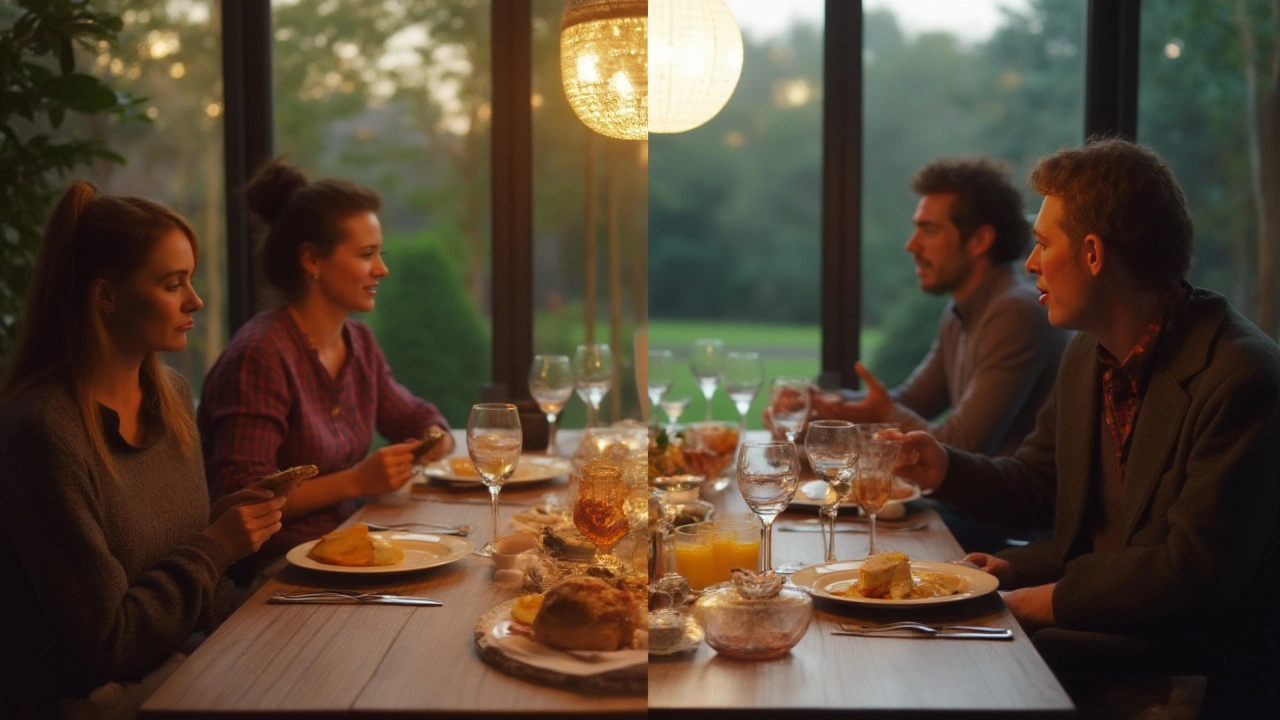
Culture, Setting, and Making Your Own Rules
There’s no hard-and-fast rule across Australia about when to serve wine and cheese. In fact, if you ask a dozen people, you’ll get a dozen strong opinions—and frankly, all of them have their merits. Some families have always kicked off Sunday lunch with a few wedges and glasses of bubbly, others turn cheese and wine into the after-dinner highlight. Your guest list matters. If your friends are big on tradition, and you’re worried about etiquette, lean into after-dinner cheeses with a little story—"This is how the French do it," always gets a nod from food lovers.
But if your gatherings are usually loud, casual affairs, go for cheese and wine upfront and let the conversation flow. Younger Aussies especially love grazing boards before the meal. My mate recently hosted a backyard birthday and set up a "build-your-own cheese plate" bar right after the first beer, and people went wild. The point? There’s more than one right way, and your party, your rules.
If you’re still not sure, consider the rhythm of the event. Outdoor barbie where everyone wanders around barefoot? Start with cheese—keeps people happy while the snags grill. Intimate winter dinner for four on a stormy Saturday night? Maybe save the cheese course for after—red wine in hand, stretch out the good company a little longer. And don’t stress—if it feels right, it probably is.
